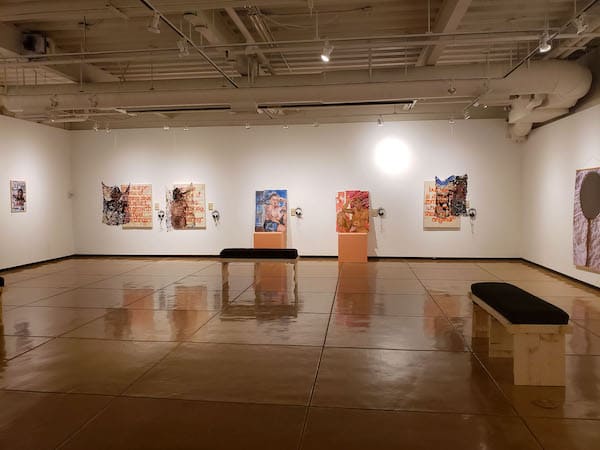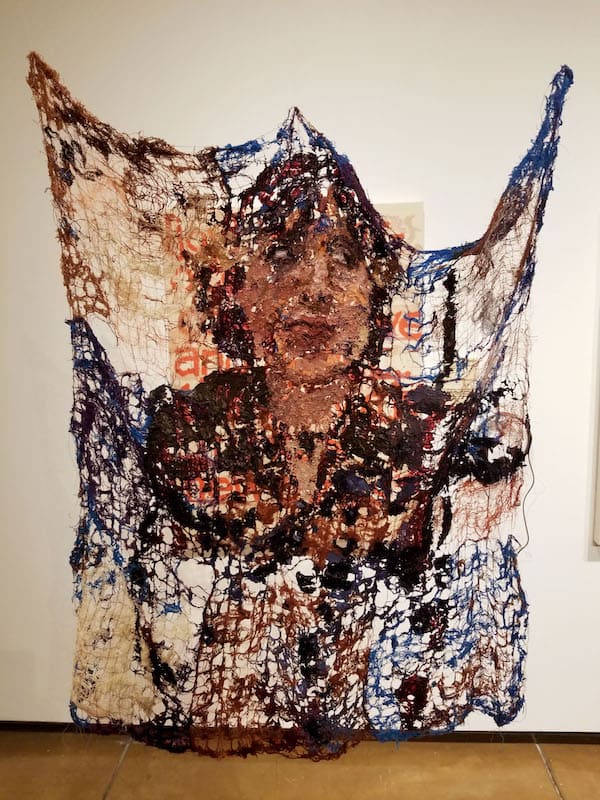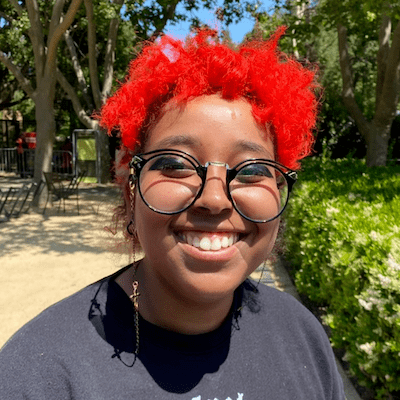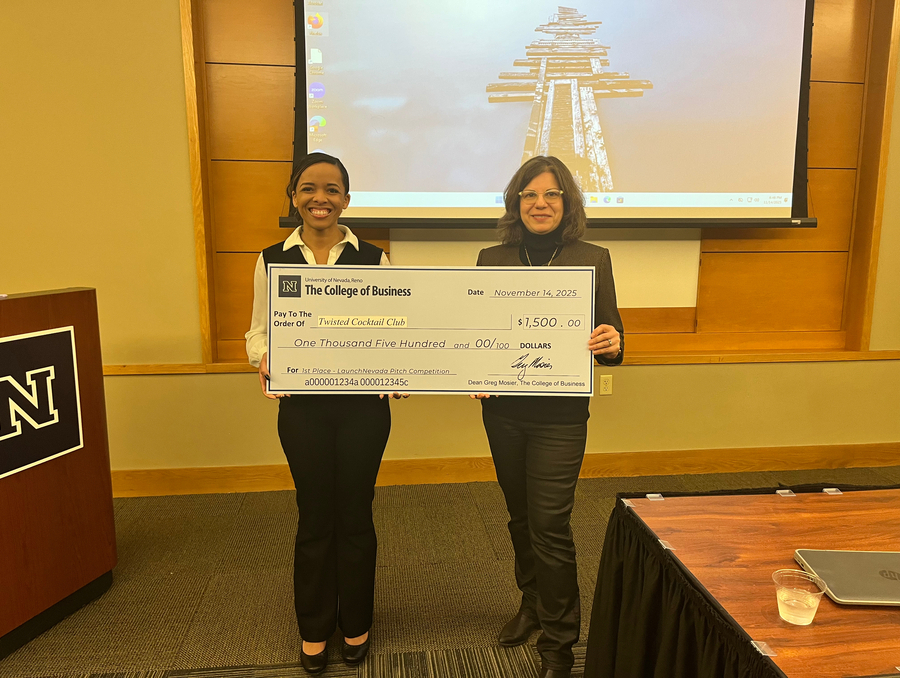bodymind
University Undergraduate Researcher and NURA awardee learns through and creates art highlighting the marginalized
As a painter, I spend a lot of time noticing subtle things that the average eye may look over: different shades of green in grass, the warmth or coolness of the grays in an office, or the way the sky has a subtle gradient from horizon to horizon.
Despite the specificities of color, I find that noticing unique subtleties also extends to groups of people – especially communities I’m a part of. I personally identify as genderqueer or nonbinary and autistic, as well as having some mobility issues that make it difficult for me to stand for long periods of time. As I learned more and more about my gender and disabilities, I also learned about both topics academically and desired to see more representation of them – especially considering that both experiences have great overlap in regards to physical embodiment, language and pleasure. Specifically, I found myself admiring the beauty of other transgender and disabled people, like how their mobility aids fit their personality or how the way they hold themselves looks just right – that the way they position their body gives the viewer a sense of personality and character.
In realizing this admiration, I began to conceptualize my undergraduate thesis work – bodymind: exploring a trans disabled present. I wanted to explore themes of transness and disability through both new and familiar artforms to be able to provide educational resources to people.
My thesis paper explores and analyzes the works of authors like Judith Butler; Jose Esteban Munoz; Siobhan Somerville; and Daniel E. Solis y Martinez, whose writing deals with gender; queerness; and race, to put it simply. In referencing their complex works – in my paintings and paper – I break down the more specific or academic language they use to make it more accessible to a wider audience.
Once I’d settled on my topic and some of my methods, I decided to apply for the Nevada Undergraduate Research Award so that I would be able to fulfill my desires of creating a welcoming and accessible environment for people to engage with my artwork. Once I found I was awarded, I felt like a weight had been lifted off my shoulders, as I would no longer have to worry about the financial aspect of my project.

I decided to put out a public call for images from transgender and/or disabled people for me to paint; from there, with their consent, I chose my reference images and began to work. To highlight the authors who I learned from as a dual major in Art and Gender, Race, and Identity, I included quotes that impacted me in my artwork.
I decided to use a method of carving text into hand-built wood panels for me to paint on. Along with this, I also worked on pieces that I sewed together out of trans tape and thread that hung from the ceiling, which were accompanied by canvases that hung on the wall. Both processes were very time consuming and intensive, as I was building my surfaces out of nothing. They both required me to completely take things apart and reassemble their pieces to make something new. Painting on the trans tape was an especially unique experience, as it required me to place a sheet of plastic behind the trans tape so that my paint would not stick to the wall. I also found that it made my painting process looser and forced me to create an image of a person without much concrete information, as creating hyper-specific detail was not possible.

Becoming an awardee was crucial to creating my thesis work – without it, I wouldn’t have been able to buy the materials to make pedestals for my panels; buy the materials to build benches, or the wood and paint to finish making my panels. Along with having financial support through NURA, I also had the support of my mentor, Tyler Calkin-Low, who gave me support and advice throughout the entire process, ensuring my success. Overall, my experience being a NURA awardee was crucial to my ability to have a successful thesis show and provide accessibility accommodations, such as MP3 players that played image descriptions, and benches that I built, which I donated to the Department of Art, Art History, and Design.
About the author:
Aiyana Graham is a Bachelor of Fine Arts student at the University of Nevada, Reno. They are a painter with an interest in sculpture and fiber art in relation to transgender and disability studies. Graham’s art revolves around the body as a site of queer, trans, racial and disability issues, and focuses on highlighting the complex lives of marginalized people through embodied surfaces.
To learn more and view additional items in Aiyana’s portfolio, please visit Aiyana Graham’s website. More of their work can be found at @agraham_art on Instagram, or email avidagraham@gmail.com.

















